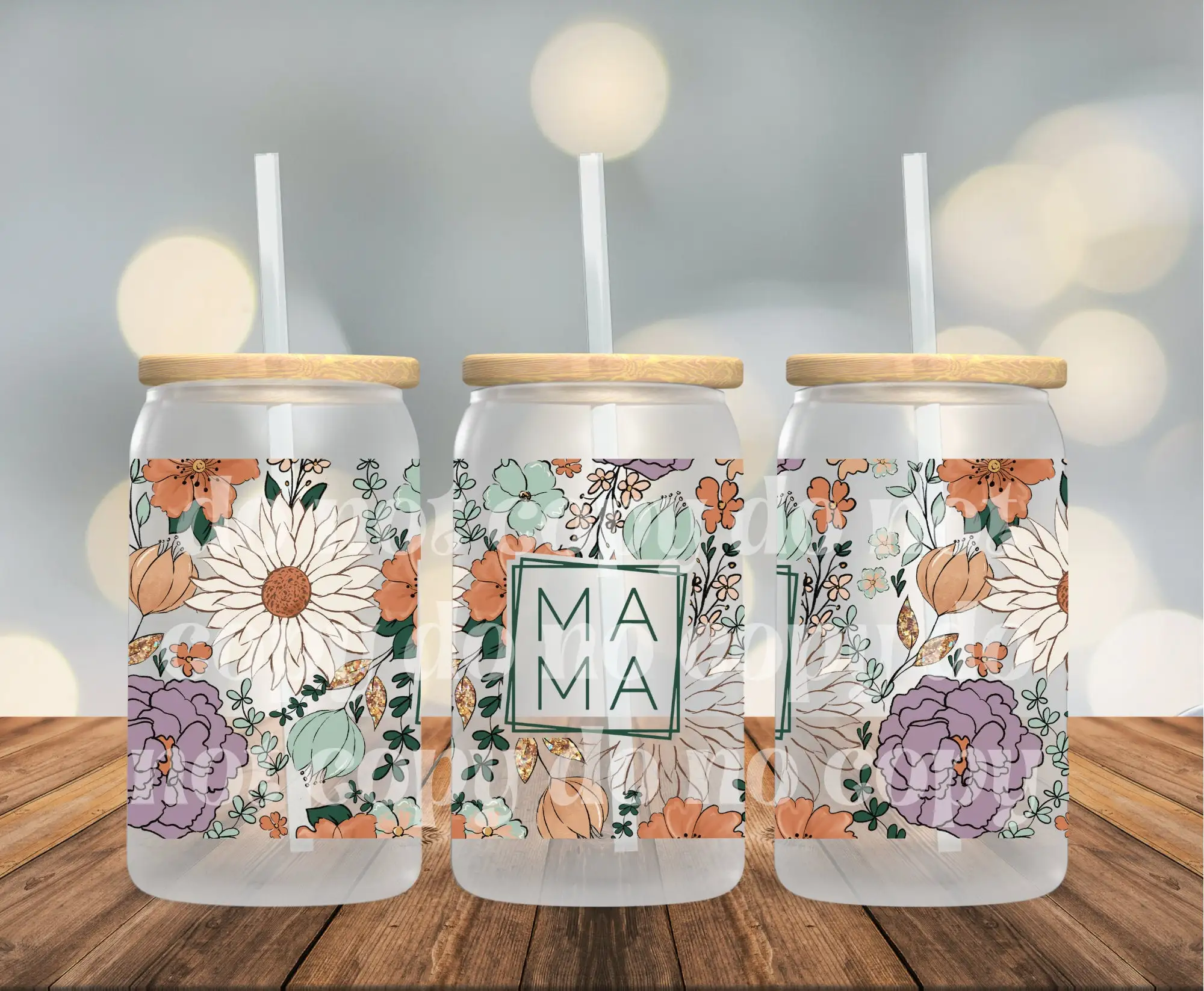Direct to Film Transfers: Sparking the Custom Printing Boom
Recently, the field of custom printing has seen a significant change, thanks in large part to developments like DTF transfers. This cutting-edge method is changing how individuals and organizations approach personalized printing, allowing for a degree of artistry and specificity that was once difficult to obtain. As makers, artists, and entrepreneurs discover the potential of DTF transfers, the demand for personalized apparel and products is rising, fueling a new wave of creativity in the industry.
DTF transfers, or direct-to-film transfers, offer a revolutionary approach for printing on a variety of fabrics. The process enables bold colors and intricate designs to be printed with ease, making it feasible for small-scale small-scale projects to mass production. As an increasing number of people understand the advantages of this technology, it is evident that DTF transfers are far beyond a passing trend but a key factor in the expansion of personalized printing. With dtf transfers for superior prints in a fraction of the time relative to traditional methods, DTF transfers are setting the stage for a time where tailoring is only bound by what one can envision.
What Are DTF Transfers?
Direct to Film transfers, also known as DTF transfers, are a state-of-the-art method for adapting textiles. This innovative printing technique consists of transferring designs onto a dedicated film, and then applied onto fabric using heat. DTF transfers utilize high-quality inks that bond well with the film, allowing for vibrant colors and intricate details that pop on apparel.
The process commences with creating the desired image onto the DTF film using custom printers. Once printed, a specialized adhesive is applied to the wet ink, which is then heated to create a solid bond. After this, the design can be transferred onto various fabrics, including cotton, synthetic fabrics, and mixed materials. This flexibility makes DTF transfers suitable for a broad range of custom printing applications, from t-shirts to hoodies and more.
One of the key advantages of DTF transfers is their long-lasting nature. Unlike some traditional printing methods, which can fade or crack over time, DTF transfers offer excellent washability and longevity. This assures that custom designs preserve their visual appeal even after countless washes, making DTF a popular option for entrepreneurs and individuals looking to create premium lasting custom apparel.
Advantages of DTF Transfers
A key advantages of DTF transfers is the versatility. These transfers can be used on a wide range of fabrics, including cotton blends, polyester blends, and other materials, providing more options for customization than other printing methods. Such flexibility allows businesses to cater to different customer preferences, whether for apparel, accessories, or promotional items. The ability to print on diverse materials expands the scope for creative designs and applications.
Another significant benefit is the rich color quality that DTF transfers provide. The technology enables the use of a wide color gamut, resulting in sharp and striking images that can capture detailed designs and details. This excellent output is crucial for brands looking to showcase their unique identity and differentiate themselves in a competitive market. As a result, DTF transfers help maintain a professional appearance and improve product appeal.
Additionally, DTF transfers are cost-effective in terms of production time and cost. The process streamlines the printing workflow, enabling for quicker turnaround times compared to conventional methods such as screen printing. This speed is important for businesses that rely on swift responses to customer demands. By minimizing production time and reducing waste, DTF transfers offer a cost-effective solution that can significantly increase profitability in the custom printing industry.
Implementations of Personalized Printing
Direct-to-Film transfers are revolutionizing the way custom printing is executed in multiple fields. One of the most notable applications is in the apparel sector, where companies can easily produce lively designs on a variety of fabrics. This technology allows for intricate graphics and photos to be applied to t-shirts, hoodies, and sportswear with durability and washability that surpasses traditional methods like screen printing. The versatility of DTF transfers enables brands to meet diverse customer needs without reducing on quality.
An additional application of DTF transfers lies within the promotional products industry. Companies can leverage this technology to customize items like tote bags, hats, and even office supplies with striking designs. This method not only boosts the aesthetic appeal of promotional items but also permits smaller batch runs, making it cost-effective for businesses aiming for customized marketing efforts. With the ability to handle various materials and colors, DTF transfers are becoming the preferred choice for brands looking to distinct themselves in fierce competition.

Beyond clothing and promotional products, DTF transfers are being utilized in home decor and personalized gifts. From custom pillowcases to unique wall art, these transfers permit creators to imprint their designs to almost any surface, enlarging the scope of what can be personalized. This application opens up new avenues for small businesses and artisans, enabling them to provide unique, customized products to their customers. As DTF transfers continue to evolve, they are likely to inspire even more innovative applications in the personalized printing field.